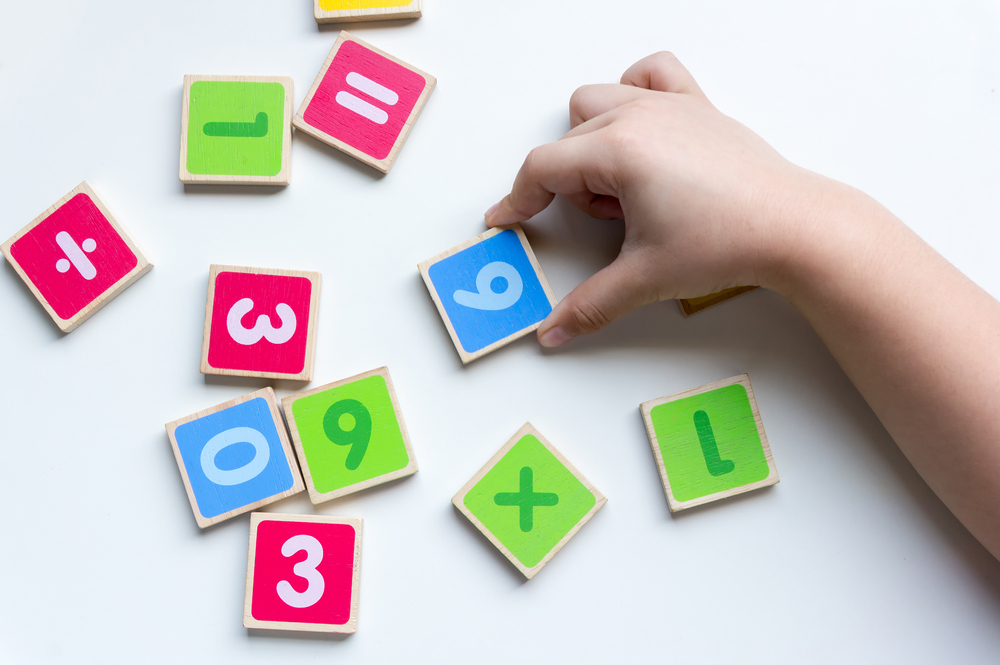The focus of this activity is to discover if students can identify the key features of the number line. Number lines are another way to represent numbers. Goal, as a class, is to develop an anchor chart for the important features of a number line.
Purpose
- Recognise important benchmarks on a number line
- Name the highest and lowest value on a number line
- Identify the midpoint
- Explain how the midpoint can be found
- Accurately place other numbers on the number line and give reasons
- Recognise and record two and three-digit numbers
- Use materials to model two and three-digit numbers
- Identify more or less than a chosen number
Curriculum Connections
VICTORIAN F-10 CURRICULUM – Number & Algebra
- Investigate number sequences, initially those increasing and decreasing by twos, threes, fives and ten from any starting point, then moving to other sequences (VCMNA103)
- Recognise, model, represent and order numbers to at least 1000 (VCMNA104)
- Group, partition and rearrange collections up to 1000 in hundreds, tens and ones to facilitate more efficient counting (VCMNA105)
- Describe patterns with numbers and identify missing elements (VCMNA112)
At the end of this lesson students should be able to answer the following questions
- What is the smallest number?
- What is the largest?
- What does midpoint mean?
- What does benchmarks mean?
- How do benchmarks help us?
- What is important to remember when we draw a number line?
- How can we use our knowledge of numbers to help us?
- Can you use materials to model your number?
- Can you describe the number using place value language to describe the number?
- What is more/less than your chosen number?
For more information, please download the attached lesson plan.
Recommended Posts



